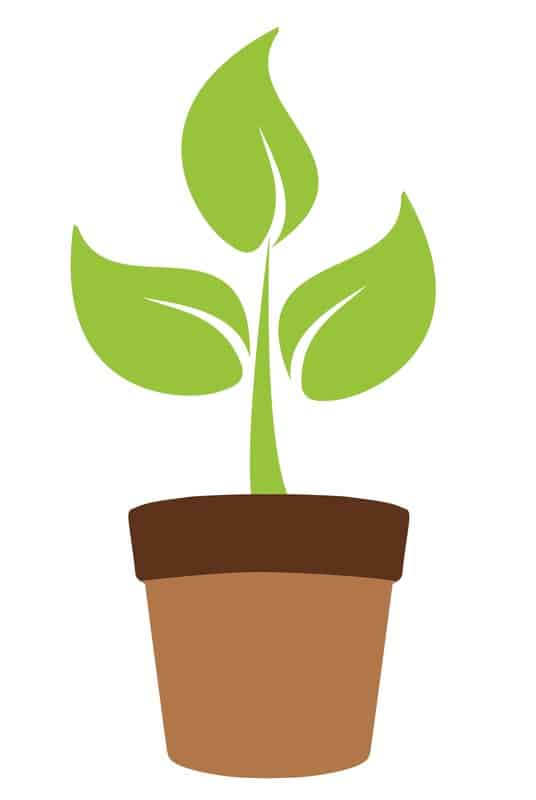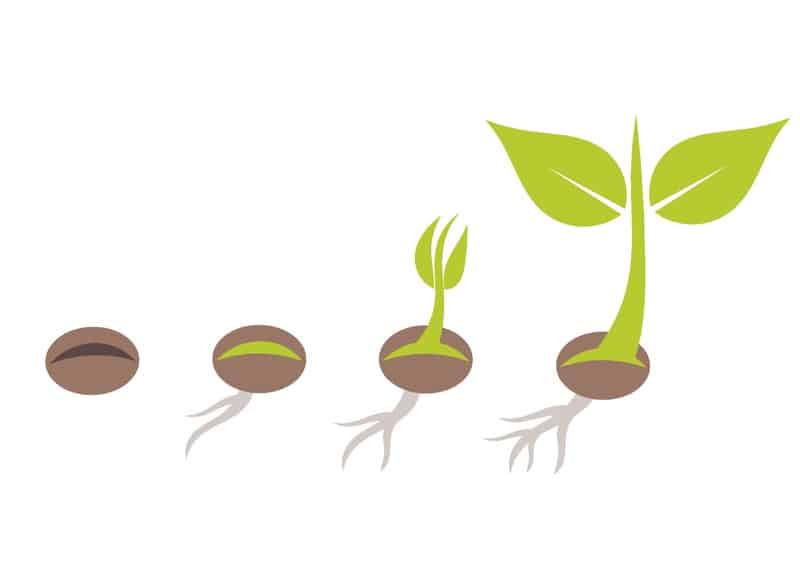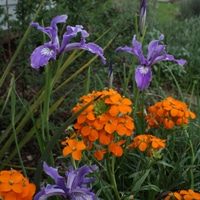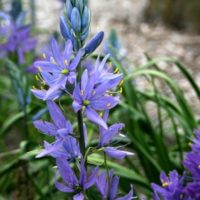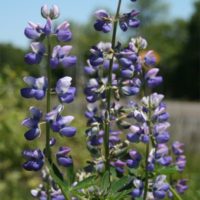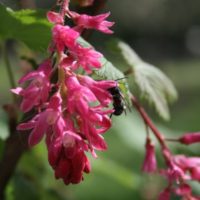Oregon Native Plants and Seed
for the Willamette Valley
“Look deep into nature, and then you will understand everything better”
Albert Einstein
Our Products:
keeping both local genetics and the home gardener in mind.

About Us
Our small native plant nursery is nestled in the foothills on the western and southern most edge of the Willamette Valley in Oregon. The site ranges in elevation from around 700 ft up to 1000 ft. We seem to get less frost in the spring and fall than the valley floor, but we get more snow in the winter. And, sometimes on those foggy days, if we’re lucky, we’ll sit just above the fog line.

Gallery
- Selfheal, goldenrod, and fleabane
- Oregon iris & western wallflower
- giant camas, Columbia lily, big-leaf lupine, and showy milkweed seed
- Geranium oreganum
- Saxifraga oregana
- Camassia quamash
- Physocarpus capitatus
- Lupinus rivularis
- fireweed
- Erythronium oregonum
- early season Ribes with mason bee
- Showy milkweed ripe seedpod
The Value of Native Plants
- Suitability: Native plants evolved here and are adapted to the environmental conditions of the area.
- Conservation of Energy, Water, & Time: Because of their suitability, they require little to no maintenance, water, fertilizer, and pesticides. This is good not only for the environment, but also for your health.
- Habitat: Birds, small mammals, bees, butterflies, and numerous other insects all benefit from the resources provided by native plants – the plants they have co-evolved with.
- Beauty: Native plants have aesthetic beauty and can be used effectively in your landscape to provide a variety of colors, shapes, textures, and scents.
- Enjoyment & Satisfaction: They provide the opportunity to reconnect with the natural environment, preserve species, and work with nature, instead of against it – to help make your space a more harmonious, healthier place.
The Value of Local Genetics
Professionals involved in restoration ecology and botany generally agree that when considering native plants for planting projects, a project will be more successful if using plants that are specifically adapted to the location of your planting site. Many species have wide native ranges. However, when choosing your planting stock, it is important to consider where in its range your stock originates from. If your stock is comprised of non-local ecotypes, there is potential for problems to arise. Seasonal responses (such as bud break, bloom time, and seed set), along with environmental adaptations (such as flood or drought tolerance) may be inappropriate for your location. Don’t be afraid to ask your local native plant nursery if their products are derived from local seed sources.
Additionally, if non-local ecotypes are brought into an area where the local ecotype exists, crossbreeding can occur. Some consider this injection of new genes into a population a positive thing, especially with small, inbred populations that may benefit from an increase in genetic diversity. However, crossbreeding of different ecotypes can sometimes have the opposite effect, resulting in what is known as “outbreeding depression”. In this situation, the outcome is a loss of genetic integrity and decreased vigor and fitness in the local population. Crossbreeding concerns also exist with commercially available natives (cultivars) that have been “improved” by humans selecting for certain traits (e.g. flower size, bloom color, variegation, etc.). The introduction of these “cultivars”, as beautiful as they are, present the same host of issues as introducing non-local ecotypes.

